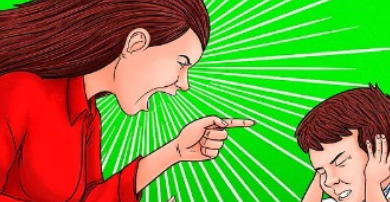“Deciphering Critical Race Theory: Navigating Controversies and Misunderstandings in Education”

In the realm of education, the discourse surrounding critical race theory (CRT) has become increasingly contentious, with school boards, administrators, teachers, and policymakers grappling with its implications. Yet, amidst the heated debates, there exists significant disagreement, even among experts, regarding the precise definition of CRT and how its principles should inform policies and practices in K-12 settings. This explainer aims to serve as a foundational resource, offering insights into the core aspects of the ongoing debate surrounding CRT.
READ: Navigating Amsterdam’s Waterways: A Canal Cruise Experience
What Exactly is Critical Race Theory?
Rooted in academia for over four decades, critical race theory represents a conceptual framework that challenges conventional understandings of race and racism. At its core, CRT posits that race is a social construct, and racism extends beyond individual biases to become entrenched within legal systems and policies. Originating from the work of legal scholars like Derrick Bell, Kimberlé Crenshaw, and Richard Delgado in the late 1970s and early 1980s, CRT emerged as a tool for analyzing the intersection of race, power, and law.
An example often cited to illustrate CRT’s principles is the historical practice of redlining, wherein government officials delineated areas as financially risky based on racial demographics, leading to discriminatory lending practices and perpetuating racial segregation in housing.
Understanding the Complexity of CRT
CRT’s influence extends beyond the realm of law into sociology, literature, and education. However, its academic underpinnings diverge from its portrayal in mainstream discourse, particularly by critics, who often mischaracterize its intentions and outcomes. While CRT emphasizes systemic racism and the role of institutions in perpetuating inequalities, critics contend that it fosters division, prioritizes group identity over individual traits, and promotes intolerance.
The term “critical race theory” has been broadly applied to encompass various diversity and inclusion efforts, regardless of their alignment with CRT principles. Conservative voices, such as the Heritage Foundation, have linked CRT to a range of societal issues, including racial justice protests, diversity initiatives, and educational reforms, framing it as antithetical to the principles of democracy.
Dispelling Misconceptions and Clarifying Nuances
One common misconception surrounding CRT is the notion that it labels all white individuals as inherently racist. In reality, CRT focuses on the systemic nature of racism and acknowledges how individuals, regardless of race, contribute to perpetuating inequities. While some critics accuse CRT of advocating for discrimination against white individuals, proponents argue for policies that address systemic inequalities without vilifying any particular group.
Central to the CRT debate is the differing conceptions of racism, with CRT emphasizing outcomes rather than individual beliefs. Disagreements persist regarding the role of race-conscious policies in achieving equity and justice, as evidenced by contrasting perspectives within legal contexts, such as the Supreme Court’s rulings on affirmative action.
Implications for K-12 Education
In the realm of education, CRT scholars examine how systemic racism manifests within educational systems and advocate for reforms to address racial disparities. Topics of inquiry include segregated schools, inadequate funding for minority districts, disproportionate disciplinary practices, and barriers to equitable access to educational opportunities.
While CRT shares some common goals with culturally relevant teaching, which seeks to affirm students’ diverse backgrounds, it diverges in its emphasis on critiquing systemic injustices. By encouraging students to interrogate the root causes of inequality, CRT offers a framework for fostering critical consciousness and promoting social change.
In conclusion, the debate surrounding critical race theory in education underscores the complexities of addressing racial inequalities within educational systems. By engaging with the nuances of CRT and its implications, educators and policymakers can navigate these debates more effectively and work towards creating equitable learning environments for all students.




